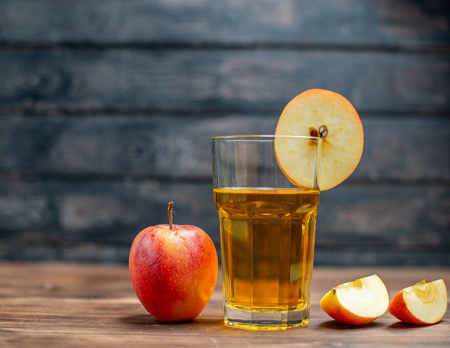 Two or three times a year I’ll roast a whole turkey for the family to enjoy. Once our meal is over…I like to use the leftover turkey meat to make a big pot of homemade turkey soup. Once you have the soup base made you can use it to make turkey noodle soup, turkey and rice soup, turkey and potato soup, etc. Here’s the recipe that I use along with home canning instructions. You’ll need a pressure steam canner if you’re going to can it. No canner? Don’t worry. You can freeze it in freezer-safe containers too.
Two or three times a year I’ll roast a whole turkey for the family to enjoy. Once our meal is over…I like to use the leftover turkey meat to make a big pot of homemade turkey soup. Once you have the soup base made you can use it to make turkey noodle soup, turkey and rice soup, turkey and potato soup, etc. Here’s the recipe that I use along with home canning instructions. You’ll need a pressure steam canner if you’re going to can it. No canner? Don’t worry. You can freeze it in freezer-safe containers too.
** This post contains affiliate links.
Home Canning Turkey Soup Recipe
16 cups turkey stock (I make my own)
3 cups Cooked Turkey, diced
1 1/2 cups Celery, diced
1 1/2 cups Carrots, diced or thinly sliced
1 cup Onions, diced
2-3 Chicken Bouillon Cubes (or Turkey if you can find them)
Salt and Ground Black Pepper (to taste)
3 Tbsp. Dried Parsley
Prepare weighted-gauge pressure canner, glass mason jars, lids, and all of the canning accessories that you’ll need. I like to lay out everything I think I’ll need: ladles, spoons, kitchen towels, wide mouth funnel, jar lifter, tons, hot pads, etc.
In a large stock pot combine together the turkey stock, diced cooked turkey, diced celery, diced or sliced carrots, diced onions, bouillon cubes, salt, ground black pepper, and the dried parsley. Bring to a boil over medium heat, reduce heat and gently boil for approximately 30 minutes.
Ladle hot soup into hot mason jars, leaving a 1″ headspace. Remove air bubbles, wipe the rim clean with a cotton cloth, add the seal and ring…adjusting the ring until its fingertip tight.
Place jars in a pressure canner. Adjust water level, lock the lid and bring to a boil over medium-high heat. Vent steam for 10 minutes, then close the vent. Continue heating to achieve 10 lbs. pressure. Process quart-size jars for 90 minutes.
Turn off the heat. Let the pressure return to zero naturally. After it hits zero, wait 5 minutes and then open the vent. Remove the canner lid. Wait 10 minutes, then remove the jars. I like to lay a cotton towel out on my counter-top and place the jars on top to cool. Once cool you’ll want to check them to make sure that they all sealed properly. Store in a cool, dry place. They should keep for up to 1 year if processed correctly.
Looking for more EASY home canning recipes? You’ll find dozens of them right here on the TwoClassyChics blog!!!







